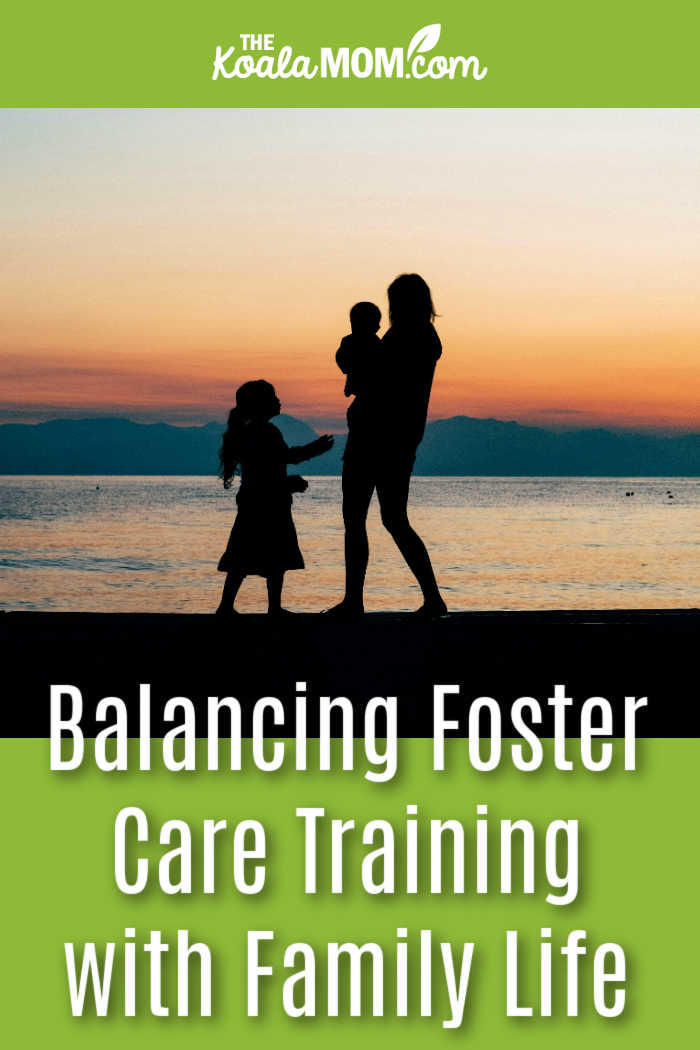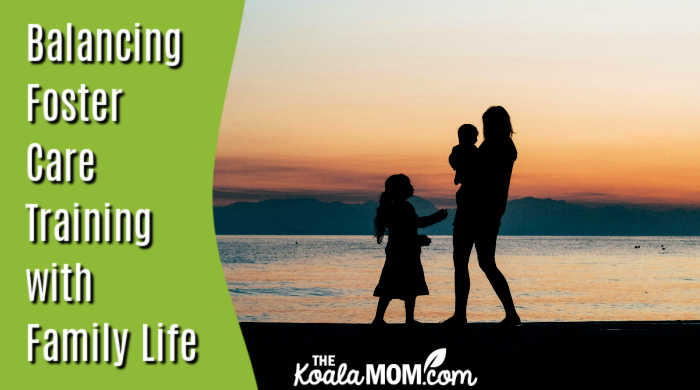Foster care is one of the most rewarding and challenging roles you can take on. It’s a big decision that comes with a lot of responsibility. While you’re doing something incredible for a child in need, balancing foster care training with your own family life can be tricky. With a few strategies, you can make the transition smoother and keep everything in balance.

Set Realistic Expectations
When you first start exploring foster care, it’s easy to get caught up in the excitement. Training can feel overwhelming, and you might think you need to learn everything at once. It’s important to set realistic expectations. You won’t master everything overnight, and that’s okay.
Before you begin training, understand the eligibility requirements to become a foster parent. You’ll need to be at least 21, pass background checks, and complete a home study assessment. These steps take time, so knowing what’s required can help you manage your expectations and stay on track.
Involve Your Family in the Process
Your family will play a significant role in the foster care process. The more involved they are, the smoother the transition will be. Talk openly with your kids, spouse, or anyone else in your household about the process. Let them know what to expect, and give them a chance to ask questions.
Their support will be invaluable as you juggle training and family responsibilities. This shared experience will also help them feel connected to the mission, making the transition into fostering—and eventually becoming an adoptive family—a shared journey rather than an individual burden.
Use Time Wisely
Balancing family life and training takes careful planning, but effective time management makes a difference. Breaking up self-paced study into 15 to 30-minute daily sessions supports consistency.
However, formal foster parent training typically requires 24 hours, often delivered in structured sessions. Scheduling dedicated time blocks ensures you meet certification requirements while keeping the process manageable. Even brief moments between activities contribute to steady progress, making learning more sustainable.
Lean on Your Support System
You don’t have to do this alone. Lean on friends, family, and fellow foster parents for support. If you need someone to watch your kids during online trainings, your support system can help lighten the load.
Other foster parents can offer valuable insights from their own experiences, sharing tips on balancing responsibilities. If you’re feeling in over your head, don’t hesitate to ask for help. Having a strong support network makes a significant difference in navigating the challenges of being an adoptive parent.
Take Care of Yourself
Self-care is crucial when you’re juggling training and family life. It’s easy to put your own needs last, but doing so can lead to burnout. Take time for yourself—walk around the block, take a warm bath, or read your favorite book. You can’t pour from an empty cup, so taking care of your mental and physical well-being is essential.
Don’t feel guilty about setting aside time for yourself. In fact, it’ll make you a better parent and foster caregiver.

Create a Flexible Schedule
Life with kids, especially in a busy household, can be unpredictable. The key to balancing foster care training with family life is flexibility. Create a loose schedule that works for everyone, but don’t be afraid to adjust it as needed.
Some days, your family may need you more than others. On those days, adjust your training schedule. On days when you have a bit more free time, try to tackle more training requirements. This will help you feel more in control and reduce stress.
Stay Organized
Foster care training involves a lot of information, and keeping everything organized can make a huge difference. Use tools like planners, digital apps, or calendars to track your training assignments, upcoming events, and family commitments. This will help you stay on top of things and avoid feeling scattered.
You don’t need to over-complicate it. Keeping a simple system can be incredibly effective. Whether you write things down or keep everything on your phone, the key is to ensure nothing gets overlooked.
Communicate with Your Partner
If you have a spouse or partner, clear communication is essential. Balancing foster care training with family life requires teamwork. Have regular check-ins with your partner about your progress in the training and any challenges you’re facing. Share responsibilities, from managing the kids to handling household chores.
Working together will help prevent misunderstandings and ensure that both of you are equally invested in the fostering journey.
Expect the Unexpected
As with any major life change, expect the unexpected. You might encounter roadblocks or surprises along the way, but that’s part of the process. When things don’t go according to plan, don’t stress out. Instead, take a deep breath and reassess.
Adaptability is essential in both foster care and family life. Unexpected training sessions or last-minute changes are easier to manage when you stay calm, allowing you to adjust smoothly without feeling frazzled.
Celebrate the Small Wins
Lastly, celebrate your accomplishments. It’s easy to overlook the progress you’re making when you’re focused on the next task, but take a moment to acknowledge how far you’ve come.
Balancing foster care training with family life isn’t easy, but every step you take brings you closer to being the best foster parent you can be.

Remember Your Why
On tough days, reconnect with your reason for fostering. Maybe it’s to provide stability for a child or to grow your family in a meaningful way. Write it down and revisit it when you feel drained.
With planning, support, and self-care, you’ll navigate this season successfully. Soon, you’ll be ready to open your home—and heart—to a child in need.

No Responses Yet